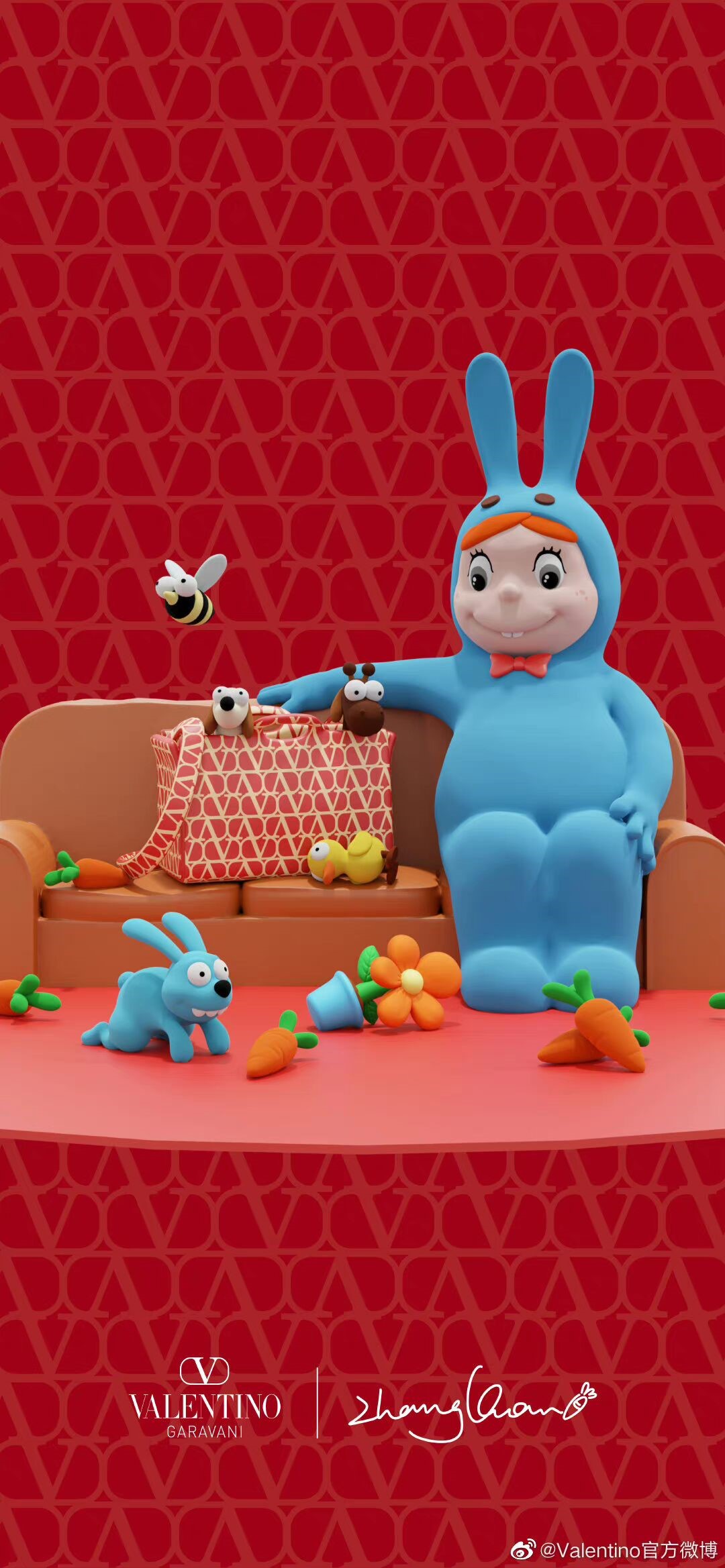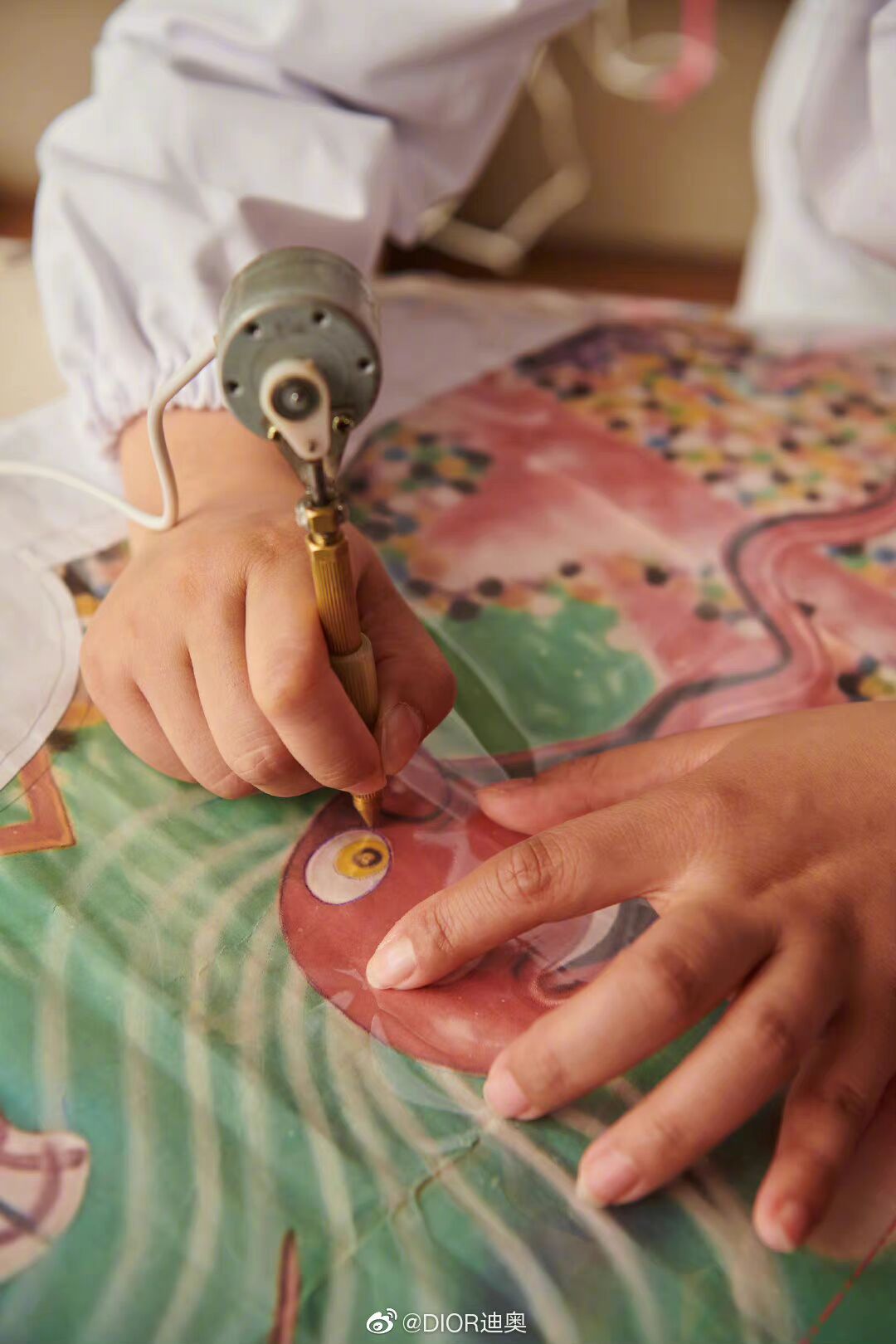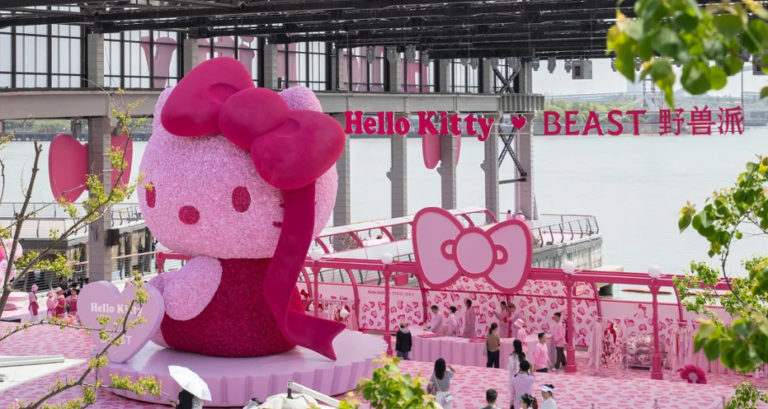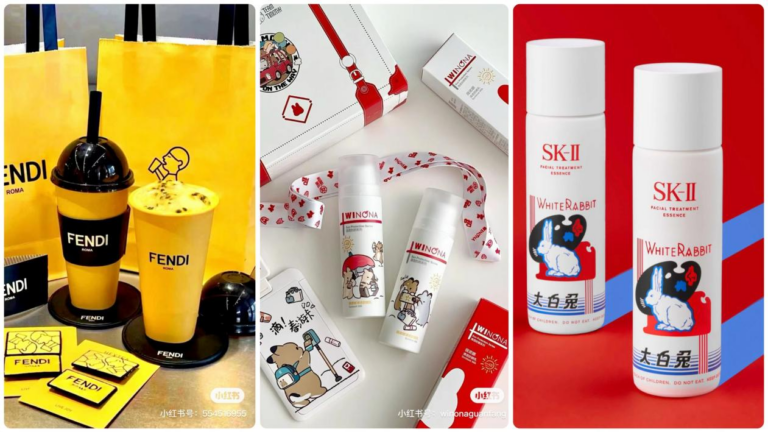In the last few years, a significant number of luxury brands has collaborated with Chinese contemporary artists and museums. More and more luxury brands have realized that their partnerships with the art world can have a strong marketing power. Here we are going to discuss several reasons for luxury brands to collaborate with Chinese artists or museums, as well as analyzing a couple of those initiatives.
Collaborating with local artists enhance exclusivity, desirability and uniqueness
Today’s Chinese luxury consumers pay more attention to dress with personality and style. According to Claire Choisne, Creative Director of Bocheron, the deep connotation of luxury jewelry is becoming increasingly rich. Jewelry has become a carrier of personal style and personality, not just a symbol of social status. Therefore, luxury embracing art is one of the main ways that brands are using to help consumers express their uniqueness. On the one hand, such co-branded products are limited-edition, thus more exclusive and precious. On the other hand, they also have more unique aesthetic element compared to other common products.
Holding art exhibitions is a powerful tool for establishing stronger connections with the local audience and offer a memorable experience as well. For example, ART ‘N DIOR, the new exhibition of the French luxury giant DIOR, was held at the West Bund Art Center in Shanghai from November 1 to 15, 2022. This art festival featured extraordinary masterpieces by Chinese artists, including Yang Mian, Zhang Ruyi and Liu Wa. All the artists in the exhibition have offered their own personal interpretation of the iconic LADY DIOR handbag. Dior has taken this initiative as a great opportunity to further enhance its deep ties with Chinese luxury consumers.

The Guochao trend makes consumers more concerned about the cultural value of products
Guochao (literally “national trend”) refers to the increase in consumer favoritism towards Chinese brands, designs, and culture. In recent years, the pursuit of Guochao aesthetic is influencing the Chinese market, making consumers more concerned about the cultural value of products.
That’s one of the reasons why more and more luxury brands are collaborating with Chinese museums. For instance, Cartier, a global jewelry and luxury watch brand, has co-curated the exhibition “CARTIER AND THE PALACE MUSEUM CRAFTSMANSHIP AND RESTORATION EXHIBITION” with the Palace Museum on June 1, 2019. They also jointly released a documentary titled “REVIVE THE MEMORY OF THE TIMEPIECES”, which recorded the process of the Palace Museum and Cartier working together to restore six ancient clocks from the Palace Museum collection. In view of this cooperation, Cyrille Vigneron, global CEO of Cartier, said the Palace Museum vaunts a world-renowned collection of clocks and watches, with exquisite watchmaking techniques that have been passed down for centuries. The process of working together with the Palace Museum team is no different from a cultural journey full of inspiration, and will definitely help the brand create more cultural values in its products.

Luxury brands increase Chinese cultural references during local holidays and festivals
Especially in Chinese holidays, many luxury brands increased Chinese cultural references in their products in order to create exclusivity and boost sales, as well as to show commitment to the local market. For example, with the 2023 Chinese New Year just around the corner, Italian luxury brand Valentino presented its new Valentino Rosso Red Spring Collection, designed by Chinese artist Zhang Quan. “Red” represents blessings in traditional Chinese culture. Through this collaboration, Valentino combines color aesthetics with Chinese culture, attracting a large number of luxury customers. As of January 10, 2023, the tagline #Valentino Rosso Red Spring Collection #(华伦天奴ROSSO红新春系列) has already received more than 22.7 million views on Weibo.

Chinese traditional craft are still plenty of resources worth exploring
In recent years, international luxury brands have turned their eyes to Chinese craftsmanship, many of which are worth exploring. In this wave, a new group of Chinese designers have also turned their sights home and started collaborating with brands. Both sides began to realize the importance of keeping traditional Chinese crafts alive, so they decided to incorporate traditional Chinese craftsmanship into luxury goods production. Among those brands one successful example is Dior. In Dior Menswear Autumn 2021, Chinese seed embroidery is an indispensable process in the production. As a traditional Chinese technique, seed embroidery has a history of two thousand years. A piece of seed embroidery often needs tens of thousands of seed knots.
However, Dior is not the only brand combining Chinese and Western features, and Chinese seed embroidery is not the only craft that luxury brands are using either. In the last few years more and more Chinese traditional craftsmanship techniques have been integrated into luxury design, including Chinese knotting, Suzhou embroidery, and Nanjing brocade.

Louis Vuitton is a successful example of luxury brand collaborating with Chinese artists
Louis Vuitton is a French fashion house founded in 1854 by Louis Vuitton. Since first entering the market in 1992, it has been in China for 28 years. Nowadays, Louis Vuitton is one of the most popular luxury brands in China, having more than 8.1 million followers on Weibo, which is more than any other foreign luxury fashion brand.
Such achievements are inseparable from its collaborations with the Chinese art world. Starting from 2019, Louis Vuitton has launched a new capsule collection of Artycapucines in collaboration with contemporary artists every year, many of whom are Chinese renowned contemporary artists. In 2021, the third season of Louis Vuitton’s Artycapucines art collaboration featured six internationally renowned artists — two of whom were Zeng Fanzhi and Huang Yu from China. Using Capucines bags as a canvas, they transformed them into a Chinese art style, largely increasing its appeal to Chinese customers.

Louis Vuitton’s collaboration with Chinese museums is even earlier. In 2011, the 20th anniversary of Louis Vuitton’s entry into China, “Louis Vuitton Voyages” was launched in the National Museum of China. The exhibition began with Chinese contemporary artists published work, through which visitors were introduced into a journey of time and space about art. Chen Lusheng, deputy director of the National Museum, said this was the first collaboration between the brand and the new National Museum of China, so that he hoped it would shed some light on the cultural and luxury industries domestically and abroad.
Why so many luxury brands collaborate with Chinese artists
- There are several reasons for luxury brands to collaborate with Chinese artists or museums. Surfing Guochao, enhancing exclusivity, and meeting consumers’ desire to get hold on unique luxury pieces to better express themselves are some of the most significant drivers behind such partnerships.
- Chinese traditional craftsmanship can untap many new opportunities for luxury brands willing to incorporate ancient techniques into their creations.
- Among those collaboration initiatives, luxury brand Louis Vuitton is an important and successful example. Through numerous and sustained collaborations with Chinese artists and museums, it has managed to win over Chinese customers through cultural integration.





